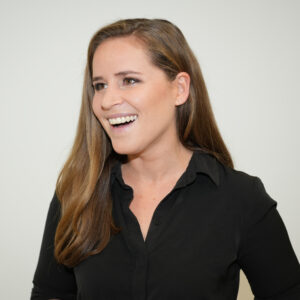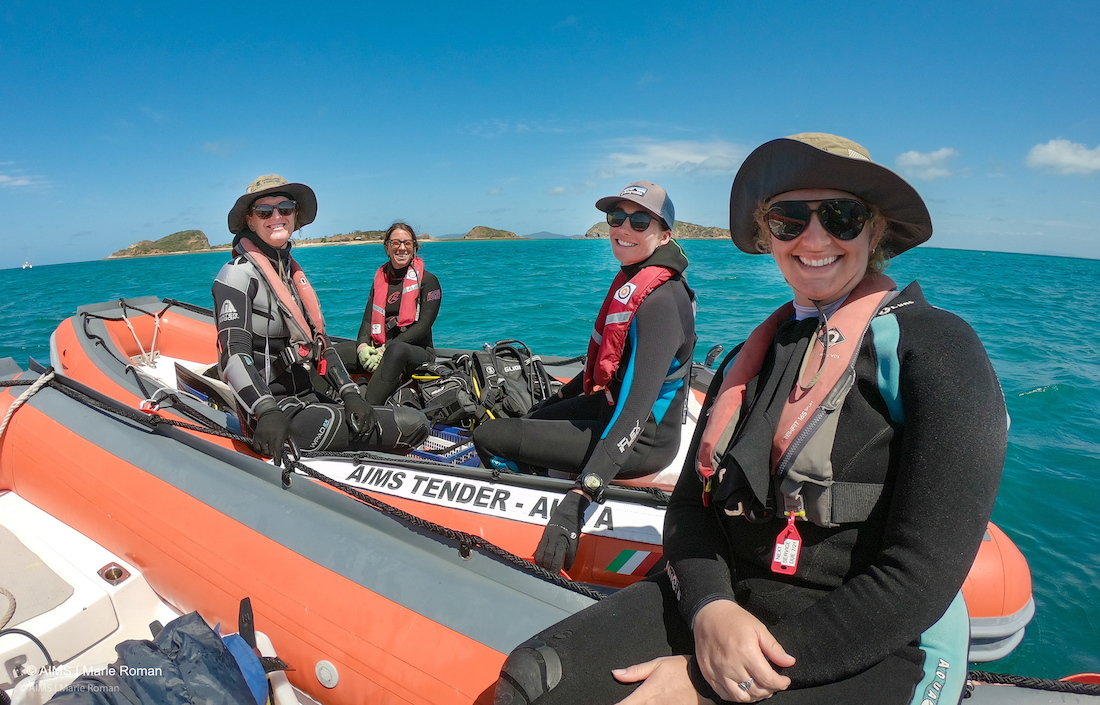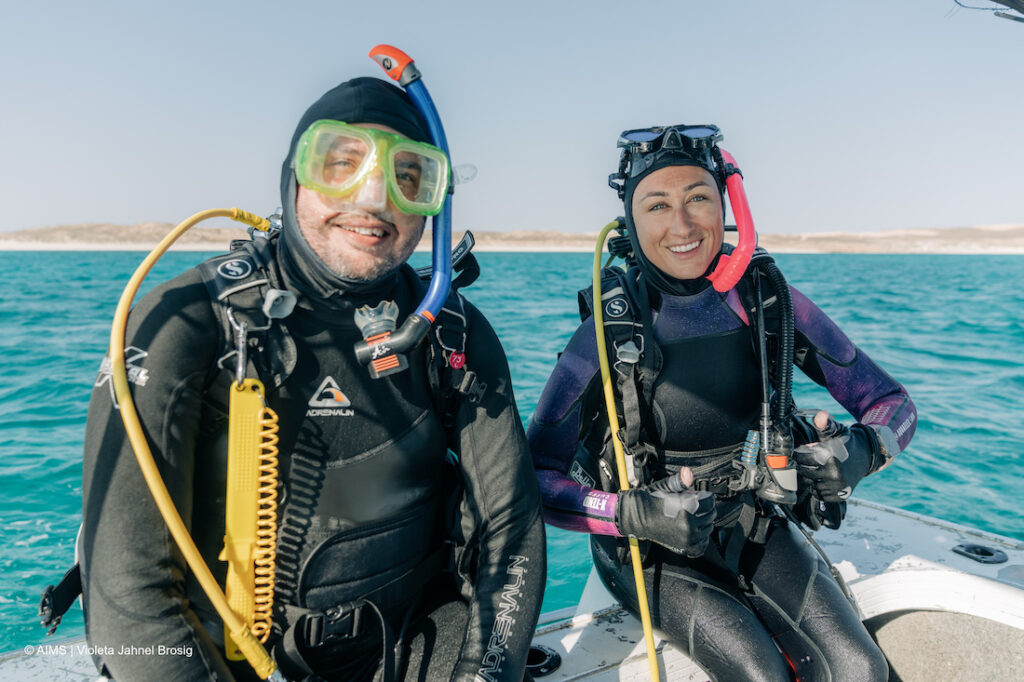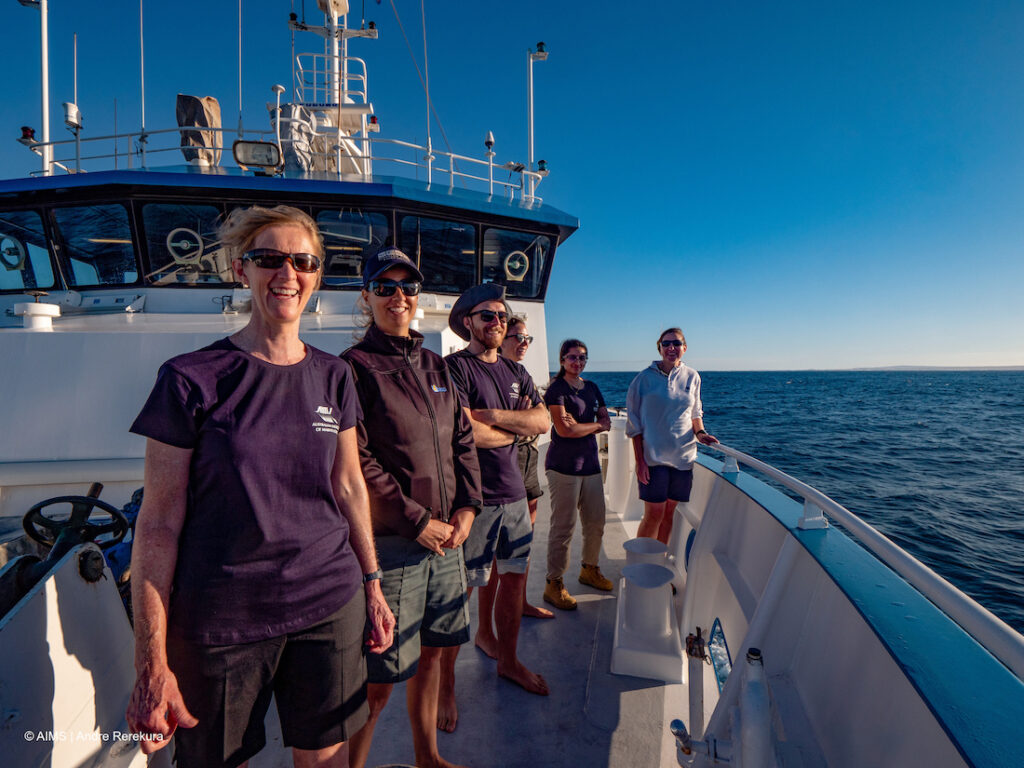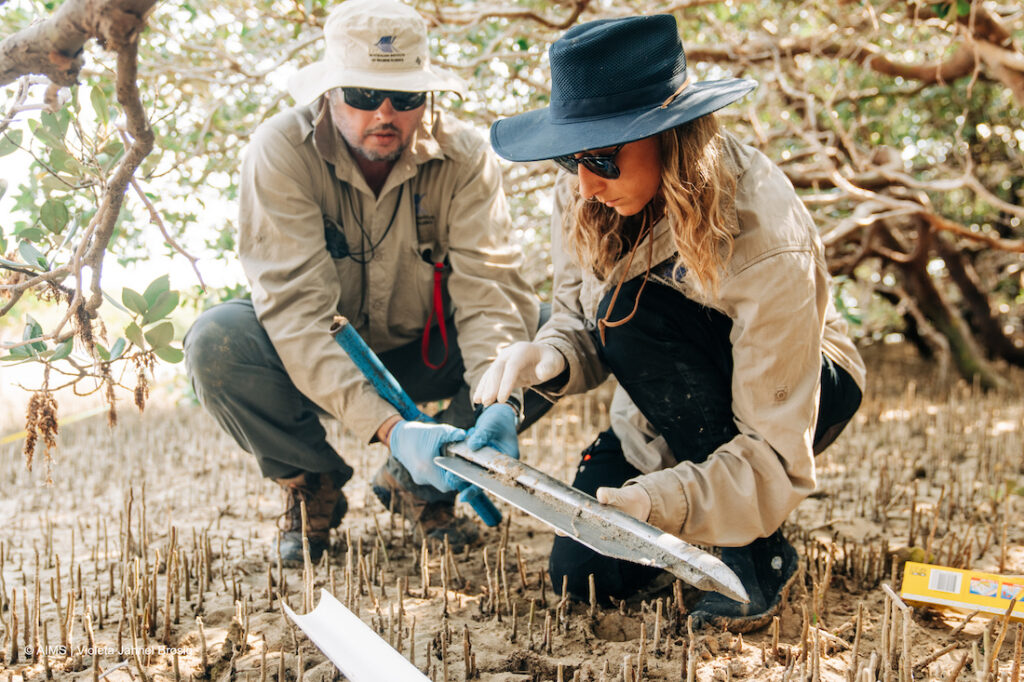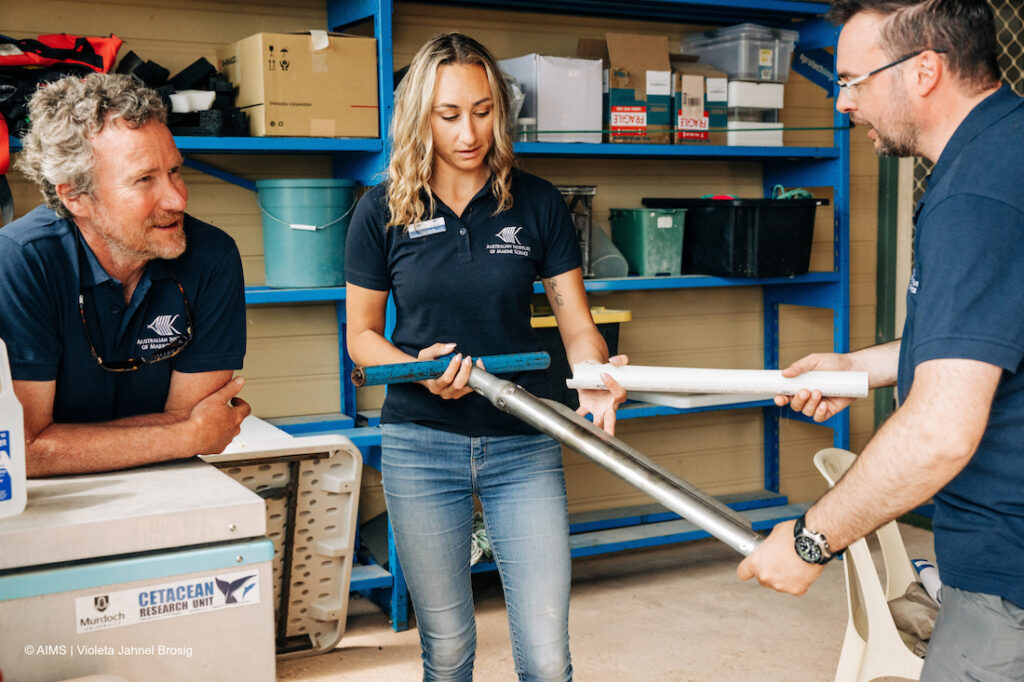From diving the world-famous Ningaloo Reef to spending weeks on a boat in WA’s tropical waters, the Perth-based staff at the Australian Institute of Marine Science (AIMS) have a career some can only dream of.
But the organisation has much more to boast about than providing their team with an office in the ocean.
The national research body is also leading the way in gender equity, with an even split of gender participation across its whole workforce.
“Specifically within our WA office, we are about 53% female,” says AIMS Manager of People and Culture Paul O’Regan.
“We’ve grown significantly in the last number of years, we’ve doubled our workforce and we’re on a trajectory to continue growing.
“We’ve got some additional government funding to drive some of the science that we’re working on so it’s really important for us as a world-leading tropical marine researcher, that we continue to attract and retain the best and brightest.”
TIDE IS CHANGING
The gender equity at AIMS is a rarity within science, technology, engineering, mathematics and medicine (STEMM).
Globally, only 35% of STEMM students are female, and women make up just over 33% of researchers.
But an initiative bringing gender equity into the spotlight across these industries is Athena Swan. The framework is delivered by Science in Australia Gender Equity (SAGE).
The program is the only internationally recognised accreditation framework for gender equity, diversity and inclusion in higher education and research.
Athena Swan provides participants with tiered accreditation goals, designed to establish solid foundations for change, which institutions can springboard into effect over the long-term. The first tier is the Bronze Award.
This tier requires institutions to take a deep-dive into their organisation and identify any barriers contributing to inequity and a lack of diversity and inclusion. From there, each individual institution creates an Action Plan to remove or reduce five key barriers.
AIMS received the Bronze Award in 2020, after identifying more than 30 objectives to improve gender equity, diversity and inclusion.
Paul is the project lead for Athena Swan at AIMS, and says some of the actions identified were not surprising.
“A lot of our workforce spend a lot of time at sea so they could go on a vessel and be away for a number of weeks at a time which is obviously challenging for a number of our staff, particularly if you’re a parent of young children,” he says.
“We were aware of things around such things as flexible working arrangements, work life balance, as some of the things we needed to focus on.
“We (also) did some work on assisting people to transition back into the workplace after periods of significant leave, promoting gender balance on all of our committees and working groups at AIMS, and reviewing and updating some of our recruitment material.”
AIMS has since created dedicated working groups, tasked with providing feedback on gender equity activity.
“I think what we learned at AIMS is to truly deliver on this, you need to resource it,” Paul says.
“If you don’t have that focus, then…there is risk of this being not delivered as it should be.”
BACK ON DRY LAND
Perth-based Edith Cowan University (ECU) has also been leading the charge for gender equity – fitting for the only Australian university to be named after a woman.
“Our namesake was the first woman elected to an Australian Parliament and she spent a lot of her life redressing inequities for girls and women,” explains Deputy Vice-Chancellor (Regional Futures) and ECU’s Athena Swan Lead, Professor Cobie Rudd.
“We’ve always had a very strong track record and profile in trying to redress inequities and very strong commitment to gender equality.”
When Athena Swan arrived in Australia in 2015, the university immediately jumped on board.
“The moment that it came, we were ready,” Cobie says.
“STEMM is a focus because that’s where the gender disparity has been the most marked and the most prohibiting.
“We wanted to sign up and we wanted to become a beacon for gender quality.”
ECU was one of 11 universities in the first cohort in Australia to receive the Bronze Award in 2018, the first institution in the country to achieve a Cygnet and now, it is the only West Australian institution to achieve all five Cygnet Awards. These are awarded when five key barriers identified by the institution have been addressed, and are required to achieve the Silver Award.
“We worked out that we wanted to go for the hard stuff,” Cobie explains.
“You have to have a fair bit of courage because you’ve got to be able to dig deep into the organisation and work out what doesn’t work and have the courage to say we gave that a go but that did not work.”
Some of the solutions that did work were simple.
“We heard that one of the big problems was you drop the kids off at school and then you can’t get a park (on campus)… so we created Athena Swan parent parking bays,” Cobie says.
“We set up all these Athena Swan parenting rooms as well, so they could put their child in a parenting room in the building where they work.”
But the tertiary education institution went even further.
RISING TO THE TOP
While more than half of science PhD graduates are women, only 17% of senior academics in Australian universities and research institutes are female.
This is why ECU also targeted inequality at leadership levels.
“We redressed the inadequate support systems that were inhibiting the promotion of women in STEMM,” Cobie explains.
“We recruited more women into professorial research roles because having women in leadership is really important.
“There’s a lot of research that shows having diversity and inclusion at the highest levels in decision-making will give you better research, more breadth of views, more breakthroughs, and fresh perspectives.”
The proof is in the research pudding. A 2020 report by multinational consulting firm McKinsey found companies who have gender diverse executive teams were 25% more likely to have above-average profits than less diverse organisations.
“It’s that diversity of thought at senior levels that can actually change an institution for the better,” Cobie says.
MORE TO BE DONE
Despite ECU’s extensive work over nearly a decade, Cobie says there’s more barriers to break down.
“We’re not saying we’ve nailed it by any means,” she explains.
“We feel we’re probably on the right track and we’re going to keep going.”
Despite having more than 50% female participation at AIMS, Paul admits there’s more to be done.
“Just having 50:50 doesn’t mean that we can sit on our laurels,” Paul says.
“What we need to do is continue to provide opportunities for early career scientists, we need to look at providing the leadership opportunities and career development.
“From my perspective, this is a journey that will never end.”


